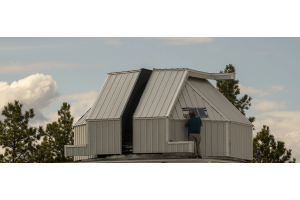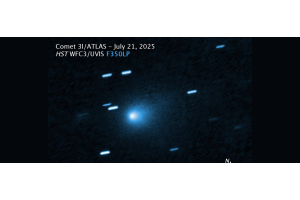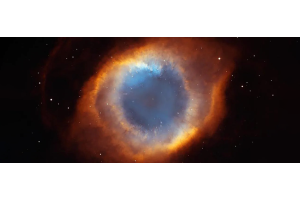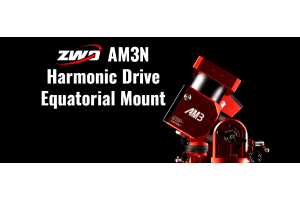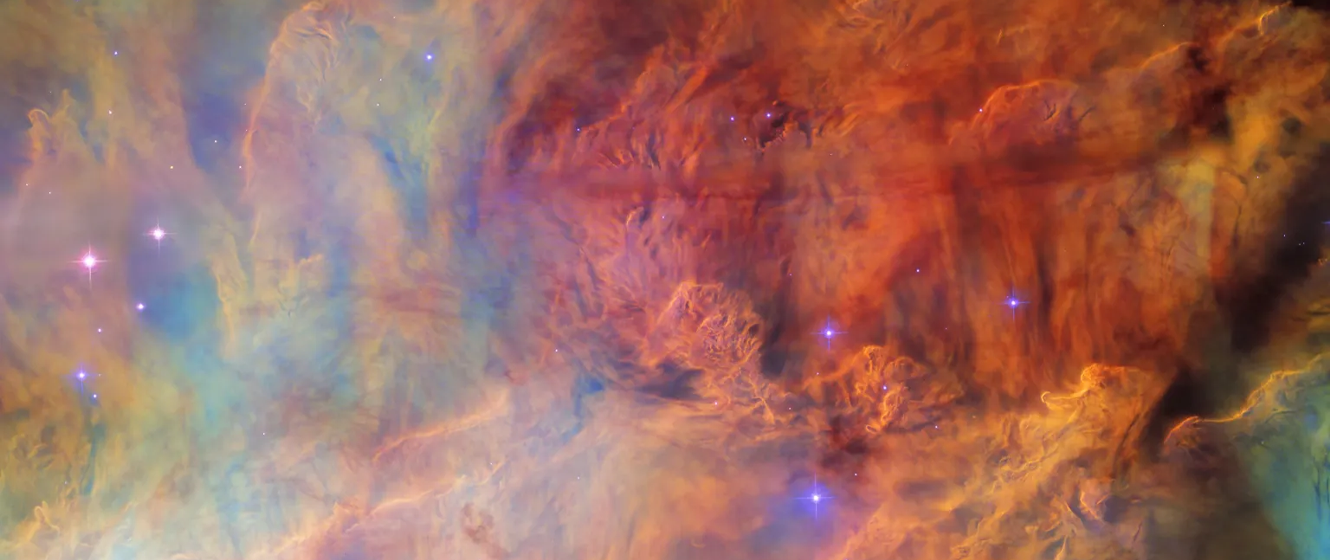
In this episode of What's in the Sky this Month, Teagan reviews some of the beautiful celestial objects you can see in the month of July 2024!
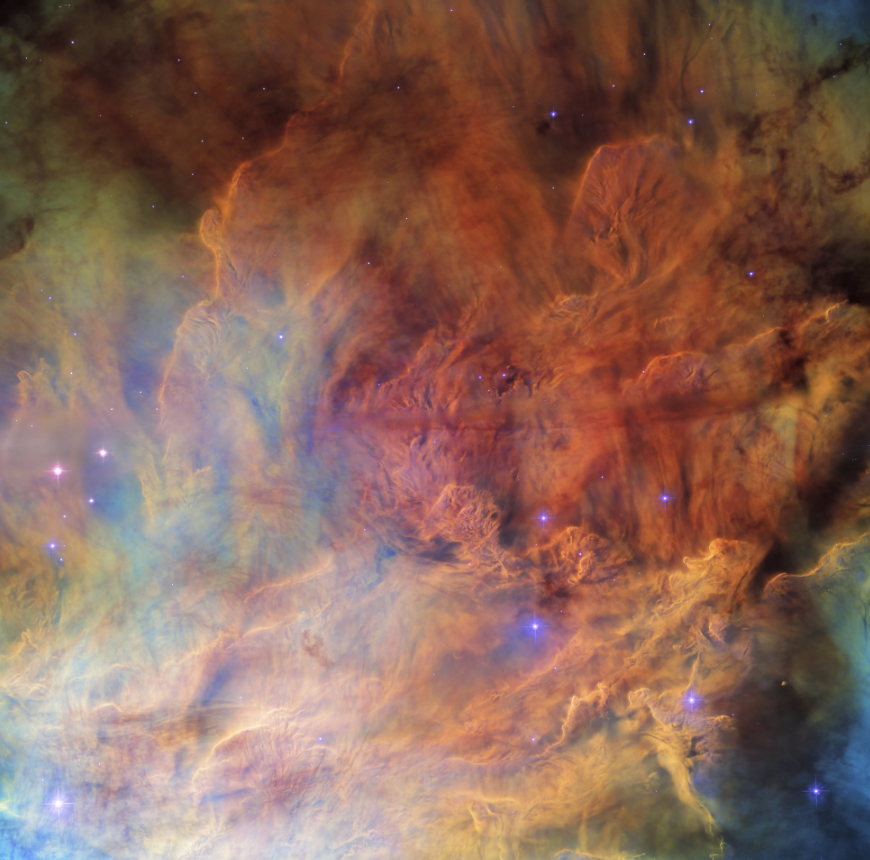
Image credit: ESA/Hubble & NASA, ESO, and O. De Marco; Acknowledgement: M. H. Özsaraç
M8 - The Lagoon Nebula
The Great Orion Nebula may dominate the winter sky, but when it comes to summer, the only thing that comes close is Messier 8, the Lagoon Nebula. It’s bright enough to be visible to the naked eye under dark skies, and can be easily found just above the spout of the teapot asterism in Sagittarius.
Binoculars will show it within the same field of view as Alnasl (Gamma Sagittarii), the star that marks the tip of the spout, while a small scope at low power will reveal a greenish tint and a dark band running vertically from northwest to southeast, evenly cutting the nebula in two. You’ll find the western hemisphere to be brightest, with the stars of NGC 6530 embedded in the east.
OUR NEAREST NEIGHBORS
Mercury returns to the evening twilight and can be found low in the west-northwest from about 15 minutes after sunset throughout the month. A crescent Moon appears just above it on the 7th. If you have a clear view of the horizon, you may also be able to spot Venus in the area during the last few days of the month. Both Neptune and Saturn are observable after midnight, with Saturn visited by the waning gibbous Moon on the 24th & 25th. Uranus is catching up to the Pleiades in Taurus, with both now appearing within the same binocular field of view. The waning crescent Moon hangs just above Mars on the 1st, and then you have a rare opportunity to see Mars and Uranus within the same binocular field of view from the 6th to the 25th, with the pair closest on the 15th. Look for a crescent Moon to the left of Mars and above Jupiter on the 30th. Jupiter itself is within the same binocular field of view as Aldebaran all month, with a crescent Moon also nearby on the 3rd. Lastly, the Moon is new on July 5th and then the Full Buck Moon occurs on the 21st and can be seen in Capricornus that night.
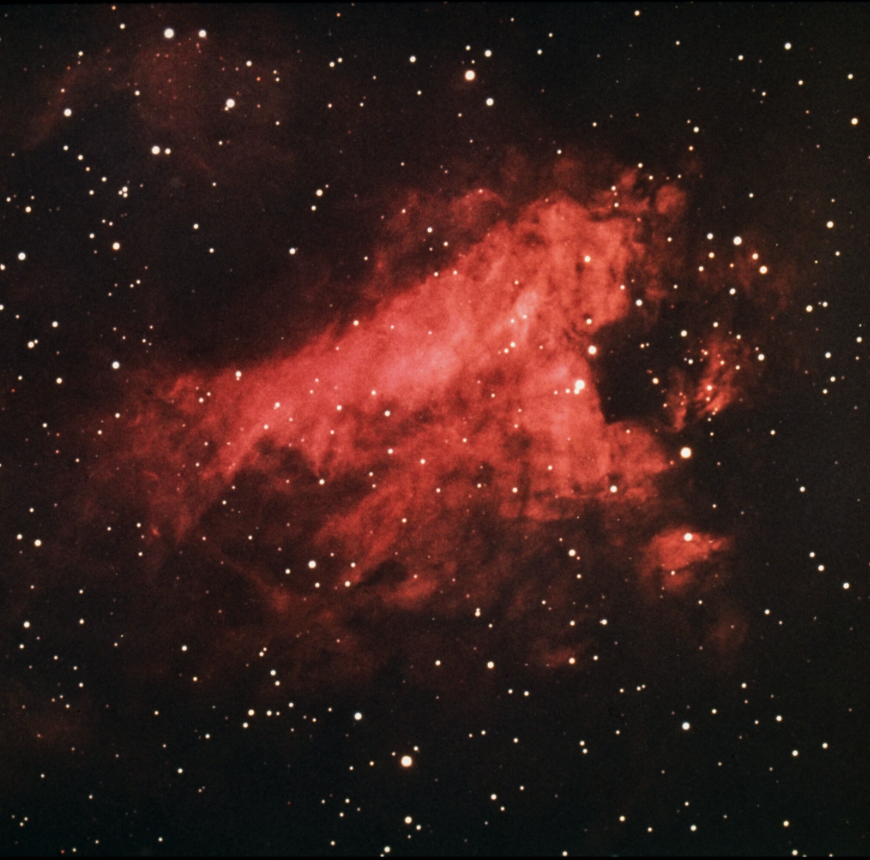
Image credit: NOIRLab/NSF/AURA
M17 - The Swan Nebula
Another nebula in Sagittarius, Messier 17, the Swan Nebula, is not so easily found but still worth a look. Its shape is easily discernible with a small scope at low power, with the body of the bird appearing brighter than its neck and head.
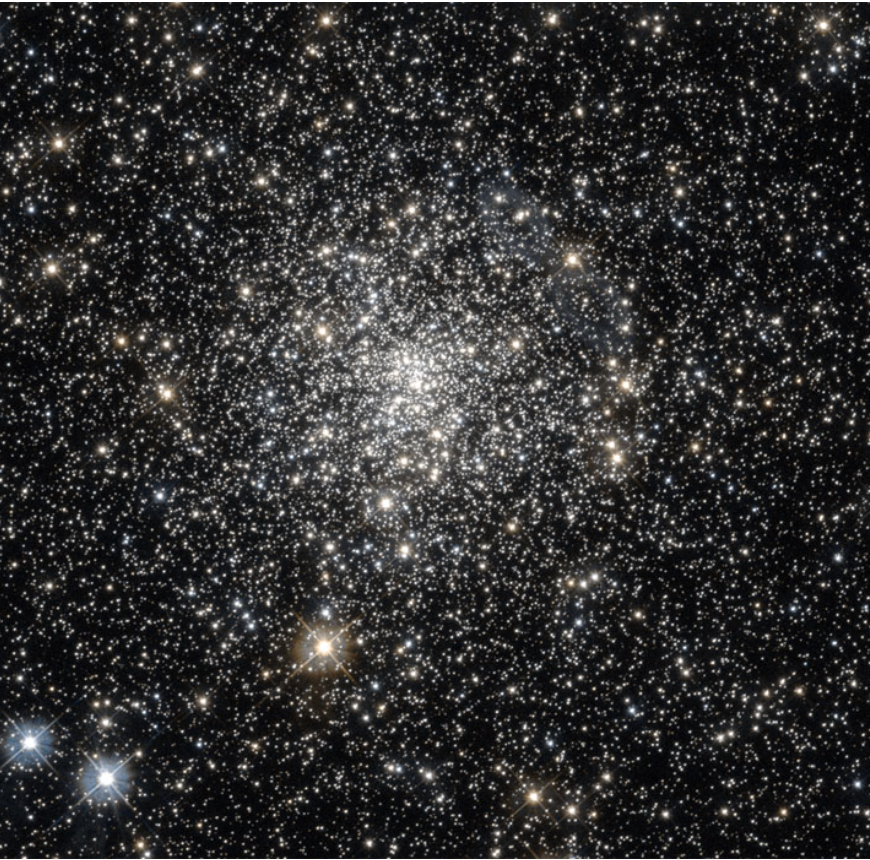
Image credit: Thomas Jäger / CC BY-SA 4.0
M7 - Ptolemy’s Cluster
Close to the stinger of Scorpius, the Scorpion, are the star clusters M6 and M7. Of the two, M7 is brighter and visible to the naked eye under dark skies. Binoculars give a nice view, with a small scope showing a number of golden stars.
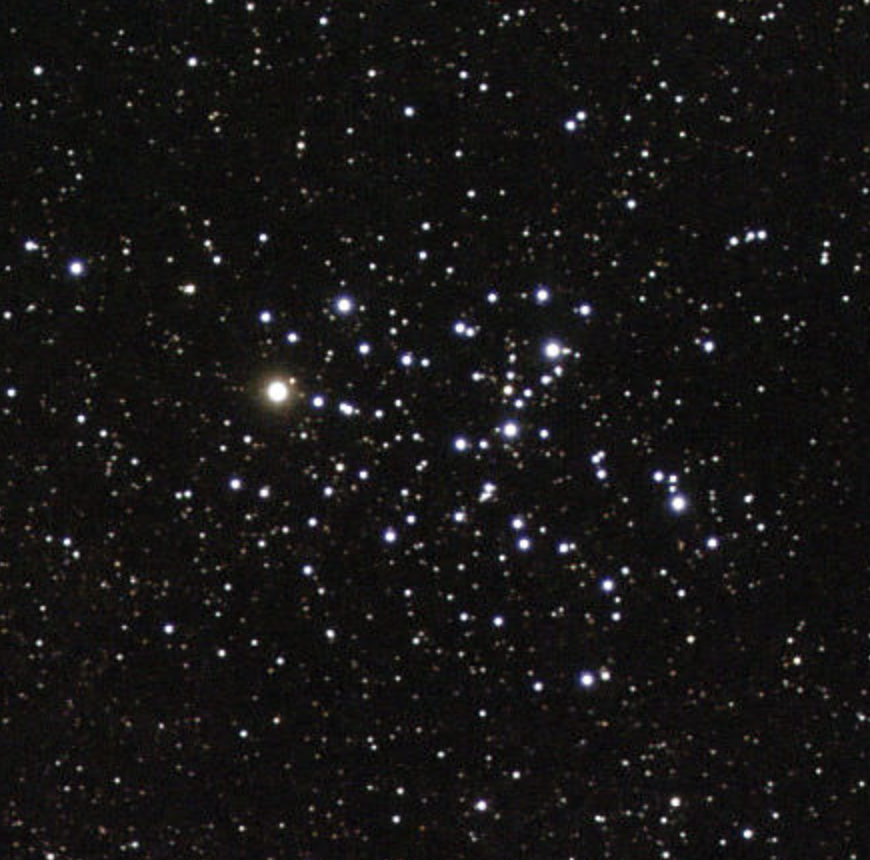
Image credit: Ole Nielsen
M6 - The Butterfly Cluster
Although smaller than its neighbor M7, the Butterfly Cluster is the better of the two clusters when observed in small telescopes. A low magnification will keep the entire cluster in view, with the five brightest stars forming an asterism like a flattened Pleiades.
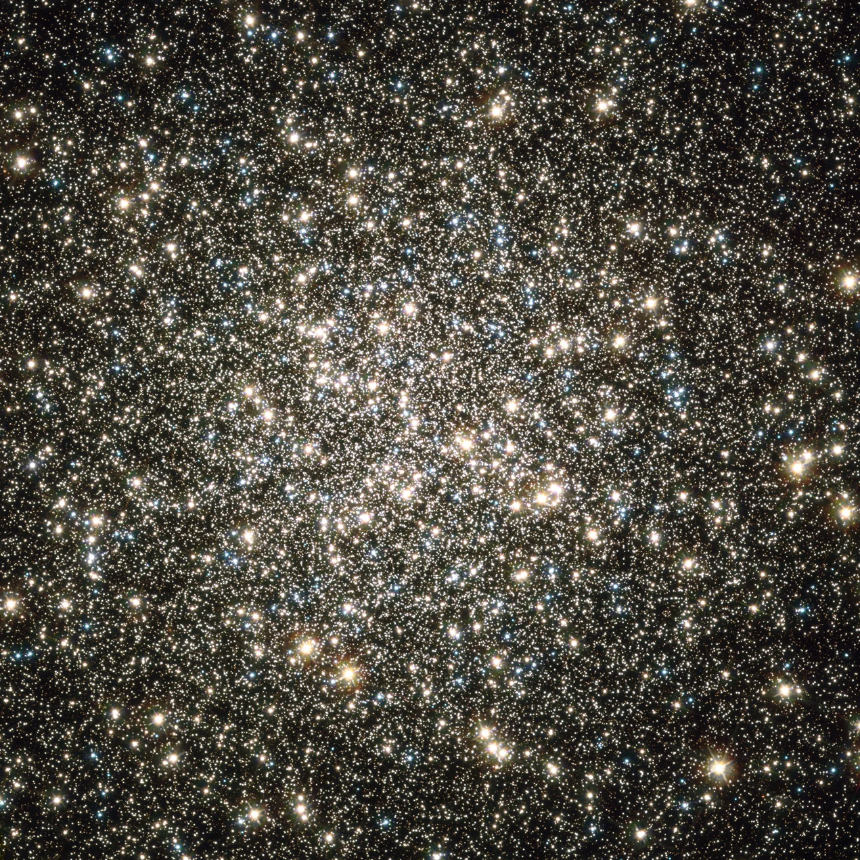
Image credit: NASA, ESA, and the Hubble Heritage Team
M13 - The Great Hercules Cluster
When it comes to globulars in the northern celestial hemisphere, nothing outshines the Great Hercules Cluster. While detectable with binoculars, a telescope at 100x will start to resolve it and show chains of stars snaking away from the bright core.
STELLAR CONCEPTS
Celestial Sphere: When thinking about the celestial sphere, it helps to imagine a sphere surrounding the Earth. When you look up at the night sky, you’re looking up at the sphere, with all the celestial objects positioned somewhere upon it. Just as we use latitude and longitude to describe the location of towns and cities on Earth, we use a similar coordinate system for objects on the celestial sphere. Likewise, the celestial sphere has a northern and a southern hemisphere that correlates to our hemispheres here on Earth. Objects in the northern celestial hemisphere are most easily seen from the northern hemisphere on Earth, and vice versa.






